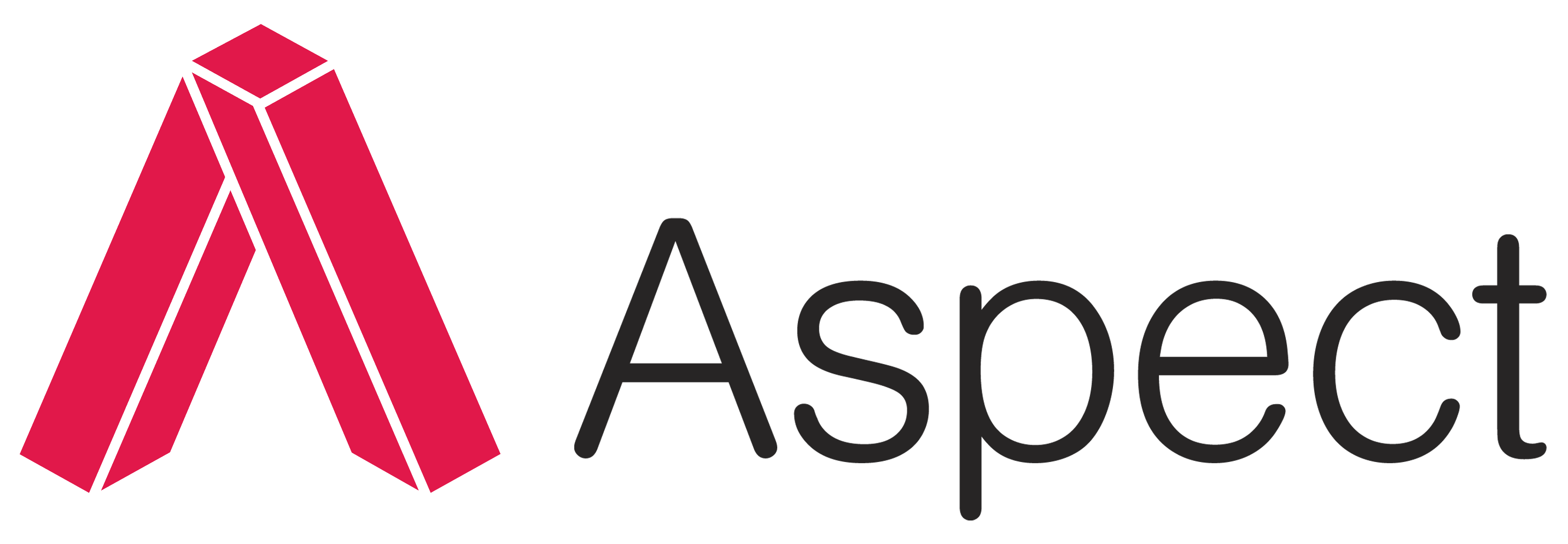Last week I hosted our annual PACE Survey and Market Report launch and industry roundtable – my fifth (I think….my memory is a bit shot with all of this COVID-19 stuff going on). This year was a very different experience, for us and our clients as the presentation was all online – we’re all getting pretty good at this Zoom thing, aren’t we?!
Again, the event was a success and I want to thank those that (virtually) attended. I will admit it was strange delivering a presentation (from my front bedroom), to a PowerPoint presentation, knowing that there were 10 sets of eyes watching me, but I couldn’t see them – but we pushed on and as it has been for the years prior, very interesting.
Aside from the Zoom factor, this year was a bit different than normal. Not only did we present the findings from PACE, we also covered some findings from the effects of COVID-19 and the predictions of life after the virus.
Some key takeaways from this year:
Business Activity
Forecast for last year ended up being a little on the pessimistic side. It was forecast that 50% of consultancies expected to see ‘increased business activity’ in 2019, with 42% expecting it to remain stable. The year proved, for many, busier than expected with 70% of respondents reporting increased business activity in 2019.
Significant impacts on business
Market conditions ranked highest significant impacts to business in 2019 and equally, it was forecast that it would be the highest again in 2020. Whilst respondents couldn’t have predicted a global pandemic, when completing the survey, I think that ‘market conditions’ will be the major factor for most things this year.
Plans for changing market conditions
Only 24% of engineering consultancies have a plan for changing market conditions. This survey was competed in January, so severity of the impact COVID-19, was not on our radar. My commentary on this (or more a question to attendees) was – knowing what we know now, would more of you have had contingency plans for major shifts in the market? It was of course rhetorical. I think that everyone would have!
Difficulty sourcing technical professionals.
Last year saw a report record in the percentage of consultancies that acknowledged that it was the hardest year for them to find the ‘right’ technical professionals, if they were hiring.
Counter offers
They don’t work. We’ve said it for years. Yet, 66% of respondents either sometimes or always offer them.
Temps
Less businesses are using them. With the knowledge of the last three months we have again advocated the importance of having a temporary and flexible workforce available to you. I imagine next year's report will see very different numbers.
Revenue spent on salaries
This is on the rise again, to a record 57%. Will the effects of Coronavirus drive salaries down or will the scramble to build teams again, after the lockdown, drive them up? We believe the former. A slowing in salary increase percentages was already forecast for 2020, to the lowest levels since 2013. The impacts of COVID-19 will only support this, we think.
Reasons for salary increases
Not surprisingly, performance was the number one reason for a pay rise, in 2019. Worryingly though, the next highest reason was ‘fear of employee resigning’.
COVID-19 follow up survey.
There is little doubt that COVID-19 has played a major role in changing our business and personal lives, over the last three months. We explored these changes and their impact and we also spoke about what life after COVID-19 might look like – it wasn’t all bad news.
Easily the biggest challenge for business during the lockdown era, was mobilising staff to a WFH scenario, enabling technology and managing employees without actually spending time with them.
Again, I could do a Teams or Zoom meeting with both hands tied behind my back now, so I feel that we all worked through this.
Finance and cash flow on the other hand, is a little harder to manage. We saw many businesses reduce hours, reduce salaries (47%), move to JobKeeper (which we did a webinar on some weeks ago) and in some cases, stand down employees or make redundancies.
Pleasingly, 57% of respondents to the survey suggested that they had experienced ‘minimal changes (less than 20%)’ to their businesses, which indicates the industry is still somewhat optimistic as to what lies ahead.
It has been predicted that it will be 6-12 months before business activity returns to pre-Coronavirus level, with many suggesting that revenue will take a year to return to ‘normal’.
What is ‘normal’ though now and what will it look like in the future? A question also floated by the group. We’ll see.
Whilst we’re in very different times right now and our PACE presentation was delivered digitally, it was again well received and I’ve enjoyed putting it together again. I believe that it is the most relevant and comprehensive market report available, in the local market and presenting it again was critical – no pandemic was going to prevent that.
Lastly, and absolutely not least, we have already raised over $11K for our chosen charity (Syndromes Without A Name) for this year. This takes our total donations from PACE over the years beyond $100K. This is something that I am very proud of and all those who have contributed to PACE should be too!
















